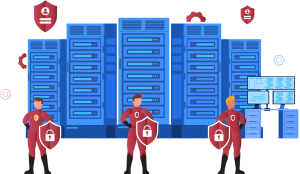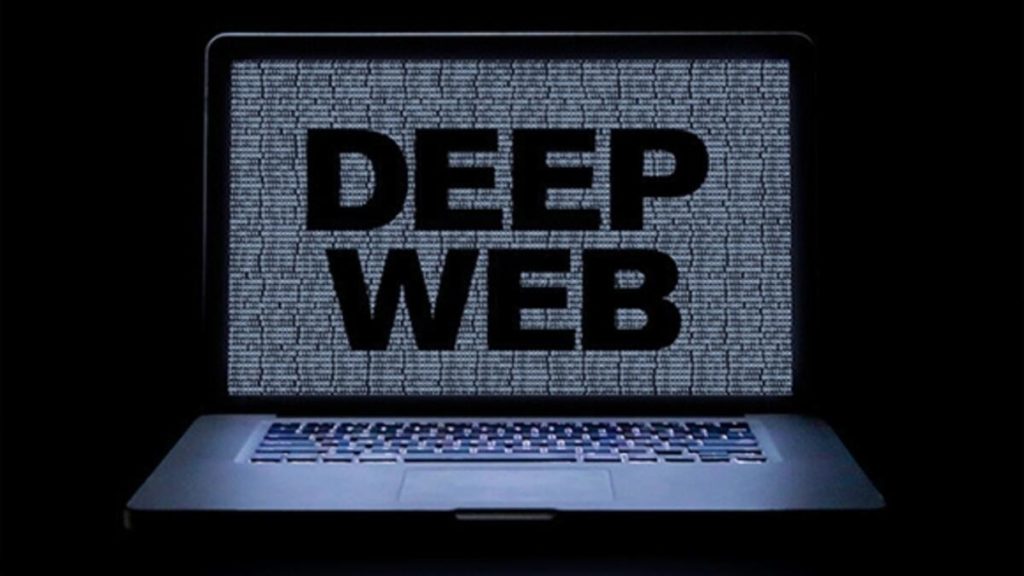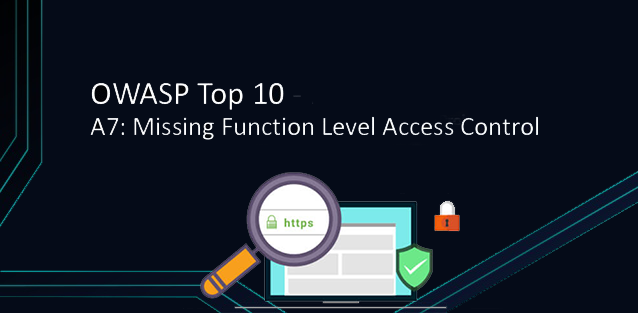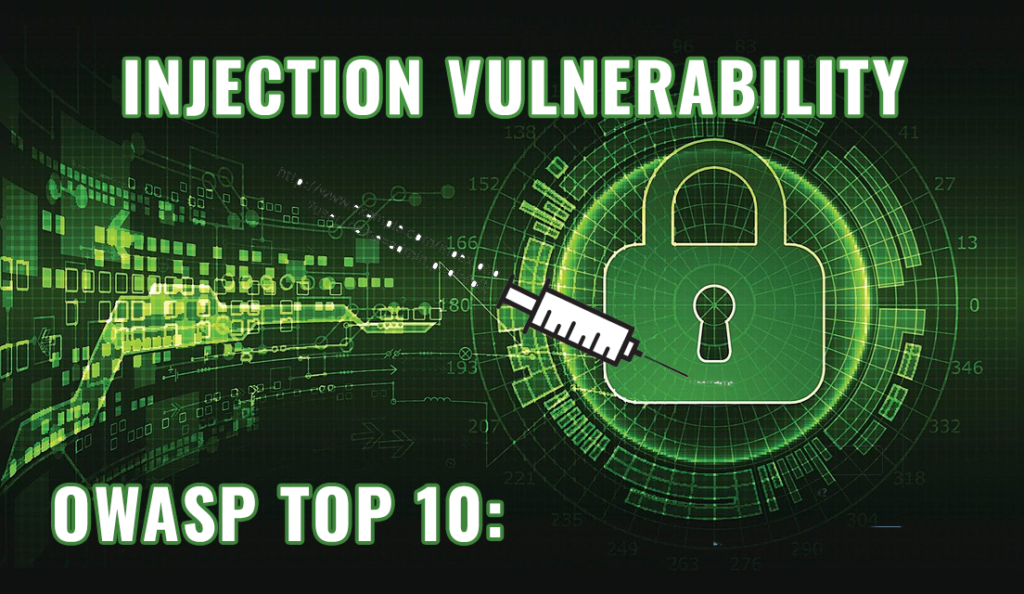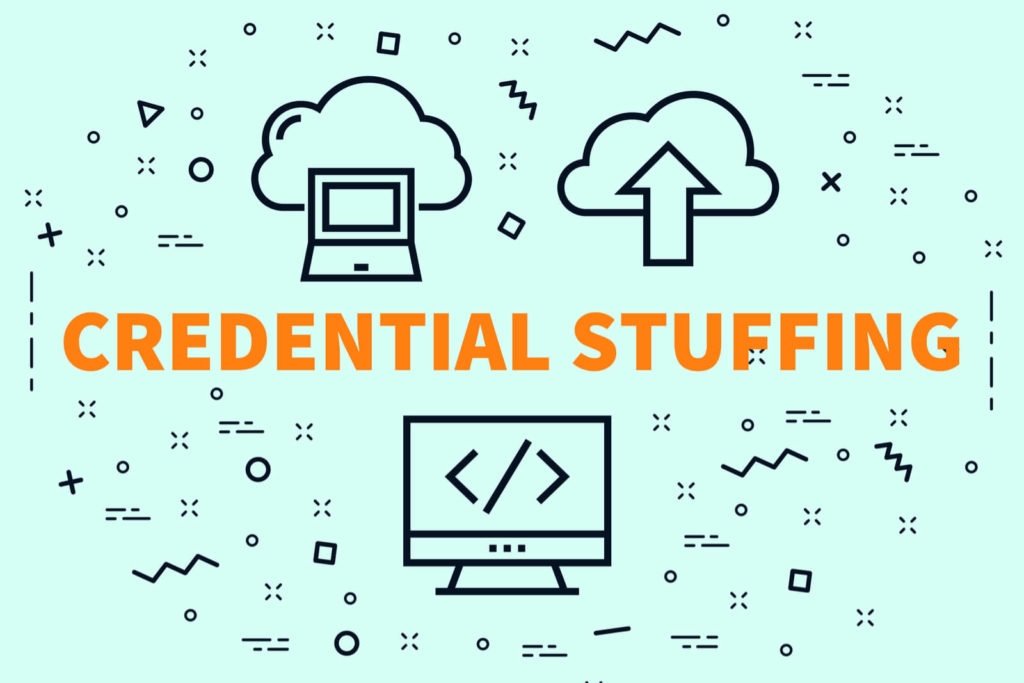The dark web content called “Darknet” or “Deep Web” is not indexed by search engines and cannot be reached from a normal browser. The deep web is tens of times larger than the regular Internet. The dark web is a special set of sites where the identity of each user is hidden from authorities and law enforcement agencies.
Normal search engines and standard web browsers cannot see Dark web pages. In fact, it is a private sandbox where people act anonymously to achieve their goals.
While US origin companies experienced the highest and critical risk events, it was followed by England, Canada, followed by Ireland, Japan, Germany, Israel, Czech Republic, Russia and Slovakia.
The positive side of the system is that you are free. However, there is a black market where you can buy or sell contraband, stolen goods, or illegally obtained information, drugs, weapons, stolen credit card numbers, pornography, money laundering services, and even the hiring of murderers are the negative aspects of the Dark Web. The visible side of the web is less than 10% of the internet, while the darkest part is around 1-2%. Deep web and Dark web are different from each other.
Surface Web
- Yahoo
- Cnn.com
- Bing
Deep Web
- academic databases
- hospital and medical records
- financial databases
- legal documents
- some scientific reports
- some government archives
- confidential personal information
- private information of organizations
Dark Web
- illegal networks
- political protests
- drug trafficking
- smuggling of stolen goods
- supply of forged documents
- all other illegal activities
How to enter?
To work on the dark web, special software must be installed and used. Two different technologies are used, called I2P and Tor, which make the work anonymous. To participate in I2P or TOR, you need to install special encryption software, a special web browser. For purchase states, you need to buy bitcoin and set up a Bitcoin wallet.
Payment for products and services on the Dark Web
Because PayPal or credit card payments contain personal information, the Dark Web favors bitcoin. In most cases, a third-party escrow service acts on behalf of both the buyer and seller, acting as a trusted broker in exchange for a commission.
The dark web works using complex mathematical encryption to encrypt the participant’s identity, network and location. All network traffic bounces from server to server all over the world, making it impossible to monitor. Messages are exchanged using pseudonyms not associated with the real person. Most monetary transactions use bitcoin and third-party escrow services to protect buyers and sellers from fraudulent trading.
Threats
Dark net, industry, company and personal identity information exchange transactions contribute to a large percentage of data breaches.
In May 2018, threat intelligence company 4iQ exposed a massive database of credentials, including over 1.4 billion unencrypted credentials. Today, users’ private information is sold on the Dark Web for $2.
While the darknet threat intelligence has clear strategic and tactical value, significant challenges can arise in the path of deep web threat hunting and data mining. For example, forcing security operations center (SOC) analysts to work with a Tor browser is not ideal.
So, how to protect against Credential Attacks?
- It is necessary to increase user awareness about password management.
- Multi-factor authentication must be implemented. PAM solutions can be used for enterprises.
- Use the anomaly detection tools. Siem tools should be used when logging is not enough for companies.
- It is necessary to distribute Password management, avoiding common passwords.
- Its security needs to be embedded in the website design with functions such as CAPTCHAs and MFAs.

